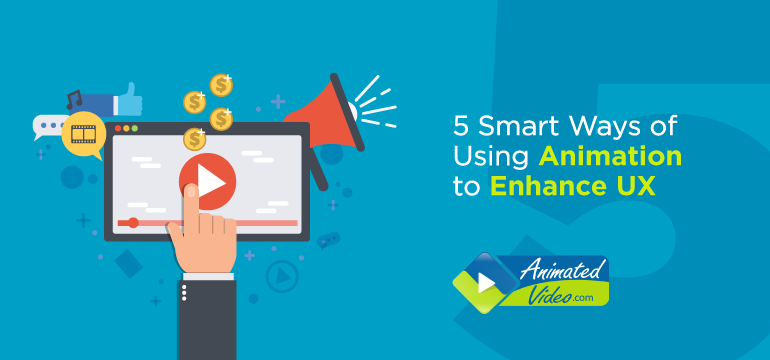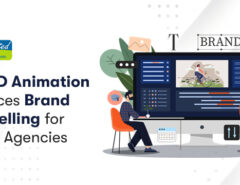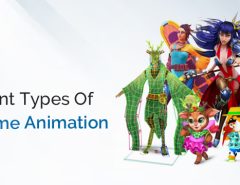Last Updated on April 13, 2022
If you are looking to add a dash of creativity to your designs, animation can do the magic. However, its scope is not just restricted to its attention drawing ability. It can also effectively improve the meaning of a user interface and lead to successful interactivity. It’s a dynamic tool and if done the right way, it can have a hugely positive impact.
Animations can not only provide personality to digital products, it can also help enhance usability. It provides affordance and connects the states in the app while offering context. Fantastic animation should be the aim of the developer who is looking to offer great user interface. It should satisfy some basic goals, including:
- Enhanced task performance
- Improved speed of task operation
- Offering a realistic experience
- Creating synergy between users and the business goals
Here are some ways animation can improve user experience.
1. Loading sequences that keep users hooked
Animation is great to keep the audience interested even before the website fully loads. Even a 1 second increase in the load time can lead to a 7% loss in conversions. Animation can effectively hide the load time by engaging the reader’s eye.
While all loading animations are excellent, designers will have to think which ones communicate the best in a particular project. For instance, when uploading, an animation that shows the percentage is a good way to engage.
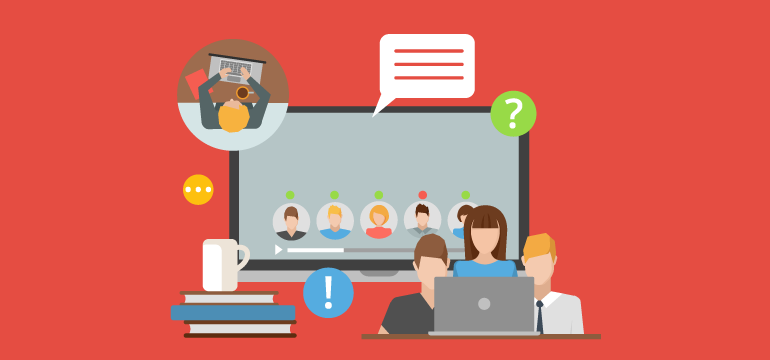
2. Clever transitions
There are several reasons why one website is better than the others, and animation is certainly one of them. The chief purpose of animations is not just to distract users from loading time, but also to make content more accessible and easier to comprehend.
A well-designed transition allows the user to understand where they should focus. The designer should think about how the attention of the user should be directed.
For example, if the reader is switching between pages, there can be a dropdown menu can appear suddenly as a natural animation that doesn’t draw too much attention to itself. The secret is to balance between purposefulness and speed, and to have animations as crucial components of your fluid workflow.
The movement of certain elements should add delight and clarity to a transition. However, if the motion is distracting, it is best to remove it.
3. Direct the focus of the reader
When an interface has several elements, animations help to draw the attention of the user to a specific object on screen. Using animations allows the designer to play with scale, opacity and position to get the reader to focus on something. It draws the reader’s eye and it can control where they focus.
While this is good if the focus is on the right thing, if however, the focus is in the wrong place, it can distract the reader from the content.
4. Animated scrolling and notifications
Animated notifications help attract the attention of the readers without defocusing them and affecting their overall experience. Animate scrolling has three essential functions:
- It orients the reader and shows the amount of content present on the site to deal with
- It shows new content
- It helps simplify page-by-page transitions
Users notice the details in an interface. Attention to fine movements can pleasantly surprise the user, enhance brand perception, convey an emotion and create a sense of craftsmanship.
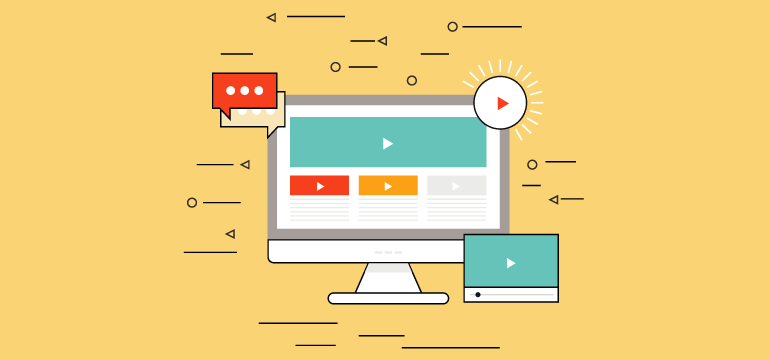
5. Provide feedback
Responsive interaction enhances an app from something that just delivers information on request to something that communicates with the users in a tangible way. Animation can be useful to help people see the results of their actions.
Animations provide users valuable feedback without overwhelming them or cluttering the interface. For example, when the camera app in iOS is trying to focus on something, the cross hair comes in and shrinks to mimic focus, and when the camera gets the correct focus, it blinks twice and goes away to inform that the user can now take the picture. These basic animations provide specific information without overwhelming the user.
While filling forms online, animation can serve as an interactive tool. For example, incorrect information when fed into the box is denoted by red.
How you can get the best animated videos to enhance UX
To add animation to your interface, you can hire reputed and reliable designers such as Animated Video. We have an expert team of professionals on board who have extensive expertise and experience in crafting excellent animated videos for our clients globally. With more than 2000 created and 1000 clients served world-wide, we are best poised to manage all kinds of animated videos requirements.
Conclusion
Most developers see animation as an aesthetic element and not a crucial part of the user’s journey. This concept comes from the focus of the developer on functionality in the context of completing tasks. However, developers should understand that static pages are long gone, and animation is important.
Considering the dramatic effect that animation can have on user experience, developers should make animations a key component of their web application’s UX. They can do this by according some priority when programming so that it can help achieve the desired results.
Animation can be an extremely powerful tool when used in the best way. However, when deciding to use motion in your application, strive for credibility and realism. While careful use of animation is a great thing, make sure not to overdo it.
Excessive animation can lead to distractions and destroy a perfectly good user experience. Users can easily feel disoriented when they view animation that doesn’t make much sense. When overused, animations can totally annoy users. Keep in mind, the motion design should be in sync with the brand personality. If the brand is serious, the animations cannot “jump” as playful kids.
Animations are clearly here to stay. The demand for motion is only going to grow in the future and their absence will make a website appear outdated. Animation means ‘to bring to life’ and is the best way to make a site functional.

